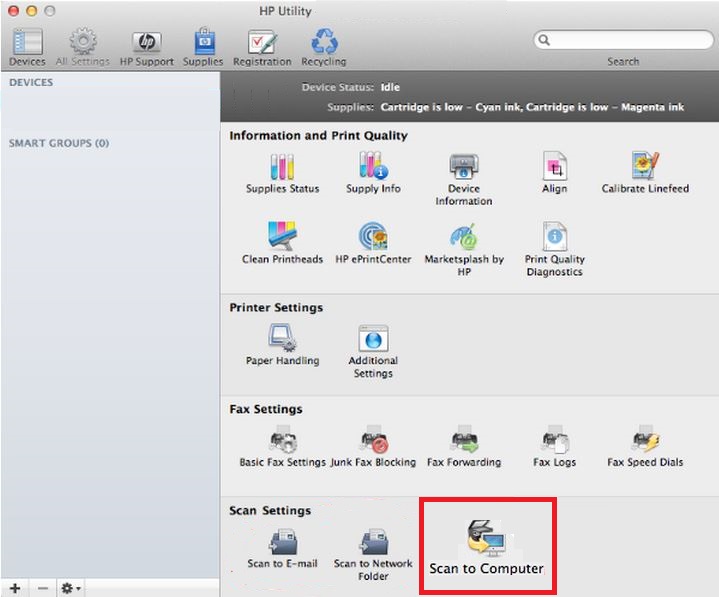
Installing these packages is most of the times quite an easy process, and may or may not require a system reboot. However, in order to expand functionality, as well as usability, owners can make use of various utilities. Usually, device functionality is ensured by its drivers, firmware, and/or BIOS packages, and the product can be used for its purpose once these files are installed. If prompted to restart the system upon completion of the update, click YES and allow system to restart.
#Hp utility setup update
Double-click the icon for the update downloaded to your desktop, and then click NEXT.

If a message appears stating that the file already exists, click YES to overwrite file. At the Save As screen, save the file to your Desktop. At the File Download screen, click the Save button. Download of all updates before installation. Upload of log files for troubleshooting update installation issues. Ability to unhide hidden updates for download and installation. Ability to hide offered updates so that they are not presented again. Ability to access your setting menu from the Notification Popup.
#Hp utility setup install
Install HPU on your computer and the software proactively notifies you when an update is available. This is because you need HP's BIOS Configuration Utility 圆4 executable to apply your configuration.HP Update (HPU) is a software utility that delivers and installs drivers, fixes, and critical software updates for computers and HP products. Note your configuration file and the content from the BIOS Configuration Utility folder must be accessible through the same package in SCCM. I will be copying these files to the following location: You will be importing the directory you copy these files to as a package in SCCM. Once you save your configuration, navigate to C:\Program Files (x86)\HP\BIOS Configuration Utility and copy the contents of the folder to a location accessible by SCCM. \\SCS-CFGMGR-MP\SWSTORE\BIOS\HP BCU\~Configs Your completed BIOS configuration should resemble the text below:įor this guide, I will be saving my configuration to the following location:

We will add a switch during the task sequence that will simply ignore any notifications regarding BIOS settings that will not apply for whatever reason. To avoid using multiple configuration files with complex queries, make sure to add all the different entries for a particular setting to one master configuration file. For example, on an HP EliteBook 2740P, the setting for BIOS power-on time is called Set Alarm Time, and on an HP ZBook 15 the setting is called BIOS Power-On Time. Note that some models have different names for the same BIOS settings.
#Hp utility setup serial
Regardless of the settings you would like to configure, make sure to delete all system-specific entries including: Product Name, System ID, Universal Unique Identifier, System Configuration ID, Processor Type, SKU Number, Warranty Start Date, Processor Speed, Memory Size, ROM Date, ROM BIOS Version, Serial Number, Video BIOS Revision, and other system components. To achieve this, I will need to delete all text that does not interact with these settings. I am going to edit the configuration file to achieve the following: The generated configuration file will resemble the image below:


 0 kommentar(er)
0 kommentar(er)
